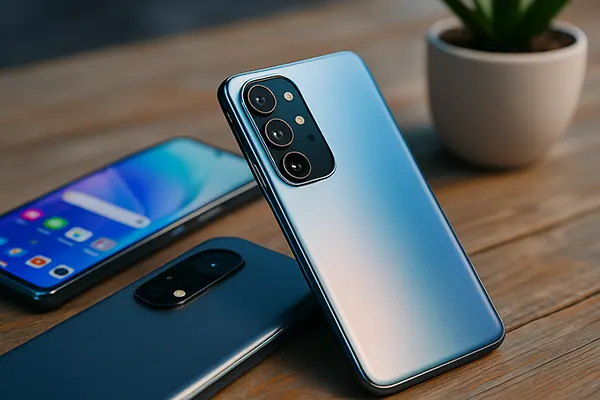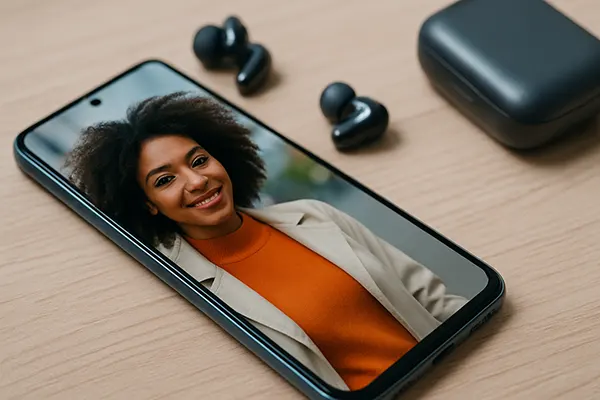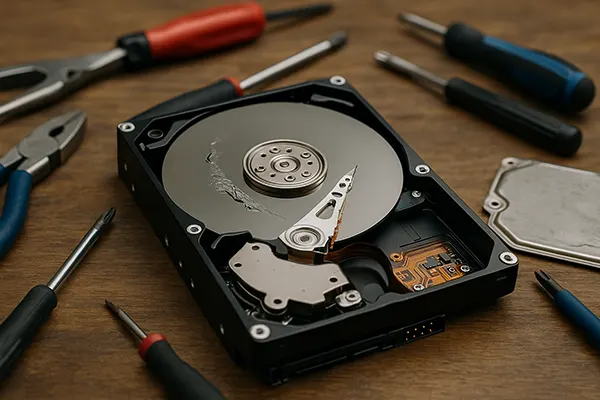How to Choose the Right Smartphone in 2025: What to Look For

Choosing a smartphone in 2025 has become more challenging than ever, with countless models, advanced features, and marketing claims competing for attention. To make a truly informed decision, it is important to distinguish between the specifications that impact daily use and those that simply look attractive on paper. This guide highlights the key aspects you should evaluate before purchasing your next device.
Key Specifications to Consider
Performance remains the foundation of every smartphone. Modern processors released in 2025 are highly energy-efficient, often enhanced with built-in AI capabilities to optimise speed and reduce unnecessary power drain. A strong processor ensures smoother multitasking, faster application launches, and longer device longevity.
RAM is equally crucial. While 6 GB might suffice for basic use, most experts now recommend at least 8 GB for stable everyday performance. Gamers, video editors, and heavy multitaskers will benefit from 12–16 GB, which allows apps to run without lag even under demanding workloads.
The camera system is another decisive factor. In 2025, most mid-range and flagship smartphones are equipped with multiple lenses, larger sensors, and AI-powered image processing. However, picture quality depends more on sensor size and software optimisation than on the number of megapixels alone.
Battery Life and Display
Battery performance is a top concern for most buyers. Today’s devices typically feature capacities between 4500 and 5500 mAh, combined with processors designed for efficiency. This allows many phones to last an entire day of heavy use without recharging.
Display technology has also advanced, with OLED panels and 120 Hz refresh rates becoming the new norm. A higher refresh rate ensures smoother visuals, but it can also consume more power. For most users, 120 Hz provides an excellent balance between fluidity and efficiency.
Resolution is less critical than marketing often suggests. Full HD+ screens deliver sharp, vibrant images on almost any smartphone size, while 2K and 4K displays are only necessary for users who watch a lot of ultra-high-definition video content.
Modern Smartphone Technologies
The rise of 5G has transformed mobile connectivity. By 2025, coverage is widespread in many regions, making it a worthwhile feature for people who rely heavily on mobile data. However, if your area has limited infrastructure, 4G may still be sufficient for everyday tasks.
Artificial intelligence in cameras has become standard. It helps with automatic adjustments to lighting, stabilisation, and scene recognition, making it easier to capture high-quality images. Still, AI should be seen as a helpful tool rather than a substitute for skilled photography.
High refresh-rate displays are another selling point. While 144 Hz or even 165 Hz panels are available, the practical benefits are minimal beyond 120 Hz, especially for non-gaming users. Higher refresh rates also shorten battery life, which is important to keep in mind.
Features Worth the Investment
Fast charging technologies have become more advanced, with some models supporting speeds above 100W. This means a device can reach 50–70% charge in less than 20 minutes, which is highly practical for busy users. However, the long-term health of the battery still depends on careful usage.
Durability has also improved, with many smartphones offering IP68 certification against water and dust. This protection extends device longevity, making it a valuable feature for those frequently outdoors or in demanding environments.
Security features such as advanced facial recognition and under-display fingerprint sensors are now widely adopted. While both are convenient, biometric accuracy and speed vary between brands, so testing them before purchase is advisable.

Marketing Traps to Avoid
When buying a smartphone, it is important to be cautious of common marketing tactics. High megapixel counts, for example, are often highlighted, but they rarely reflect true photo quality. A well-optimised 50 MP sensor can outperform a poorly engineered 200 MP one.
Another misleading feature is extreme charging speed. While rapid charging is convenient, constantly using maximum wattage can reduce battery lifespan. A balanced approach with moderate charging speeds is more sustainable in the long term.
Finally, exaggerated claims about “gaming performance” or “AI-driven power” should be viewed critically. Benchmarks and independent reviews are a far more reliable way to judge a phone’s actual capabilities than promotional slogans.
Making an Informed Choice
The best smartphone in 2025 is not necessarily the most expensive model but the one that matches your personal needs. Consider how you use your phone daily – whether for photography, gaming, streaming, or business – and choose features that directly improve that experience.
Budget also plays a crucial role. Flagship devices offer cutting-edge technology, but many mid-range smartphones provide nearly identical performance at a fraction of the cost. Evaluating long-term value is more important than chasing every trend.
By focusing on genuine benefits and ignoring unnecessary extras, you can make a smart purchase that will remain reliable for years to come. Practicality, balance, and verified information should always guide your decision.



